Perma Dry Waterproofing Blog
Do you have water in your basement or crawl space? Is there mold or mildew affecting the air quality in your home? It's likely you need basement or crawl space drainage. Perma Dry offers a wide variety of common sense solutions to your wet basement or crawl space problems. Learn more here in our blog. When you're ready, give us a call and schedule an appointment.
Call for Inquiry
Send An Email
Get A Free Quote
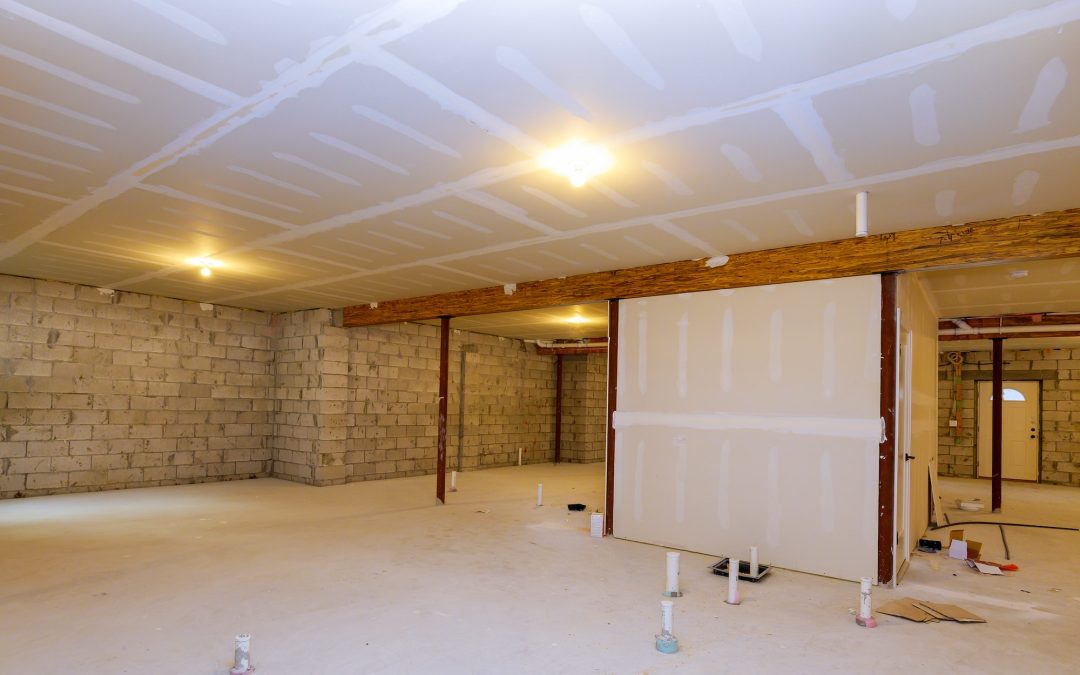
Understanding French Drains for Basement Drainage
Homeowners have been dealing with wet basements for centuries. The biggest issue is that the water has to go somewhere. One of the most effective solutions is to install a French drain. French drains are an important part of a basement drainage system, as they provide a place for water to be diverted away from a home’s foundation.
What is a French Drain?
A French drain is a trench filled with gravel and a perforated pipe that is used to divert water away from an area. The perforated pipe allows water to flow into it and the gravel stores the water until it can be diverted away from the area. French drains can be used to divert water away from a home’s foundation, a patio, or any other area that is prone to flooding.
French drains are typically installed in trenches that are 6-8 inches deep and 8-10 inches wide. The depth and width of the trench can vary depending on the amount of water that needs to be diverted, the slope of the land, and other factors.
How Does a French Drain Work?
French drains are designed to divert water away from an area by using gravity. The water is diverted away from the area by the flow of the water. The water flows into the perforated pipe and is then diverted away from the area. The gravel in the trench helps to store the water and prevents it from overflowing.
The water is diverted away from the area by the force of gravity. The water flows down the trench and into the perforated pipe. The pipe is perforated with holes, which allows the water to flow through the pipe and be diverted away from the area. The gravel in the trench helps to store the water and prevents it from overflowing.
Advantages of Installing a French Drain
- It is an inexpensive solution to drainage problems.
- It is easy to install and maintain.
- It can divert large amounts of water away from an area.
- It is a long-term solution to drainage problems.
Installing a French drain is a great way to keep water away from your home’s foundation and other areas of your property. It is an inexpensive solution that is easy to install and maintain. French drains can also be used to divert large amounts of water away from an area, making it a long-term solution to drainage problems.
How to Install a French Drain
Installing a French drain is relatively easy and can be done by most homeowners. The first step is to dig a trench that is 6-8 inches deep and 8-10 inches wide. The depth and width of the trench can vary depending on the amount of water that needs to be diverted, the slope of the land, and other factors.
Once the trench is dug, the next step is to fill the trench with gravel. The gravel should be placed in the trench until it is level with the ground. The gravel should be packed firmly in the trench to ensure that the water can flow through it. The gravel should be covered with a layer of filter fabric to prevent soil and debris from entering the pipe.
Once the gravel is in place, the next step is to install the perforated pipe. The pipe should be laid in the trench and connected to the drainage system. The pipe should be covered with the remaining gravel and then covered with soil. The soil should be packed firmly to ensure that the pipe is secure and that the water can flow freely through it.
Conclusion
French drains are an effective and affordable solution for basement drainage. They provide a place for water to be diverted away from a home’s foundation and other areas of your property. Installing a French drain is relatively easy and can be done by most homeowners. For more information on French Drains and other basement drainage solutions, visit PermaDry Waterproofing.
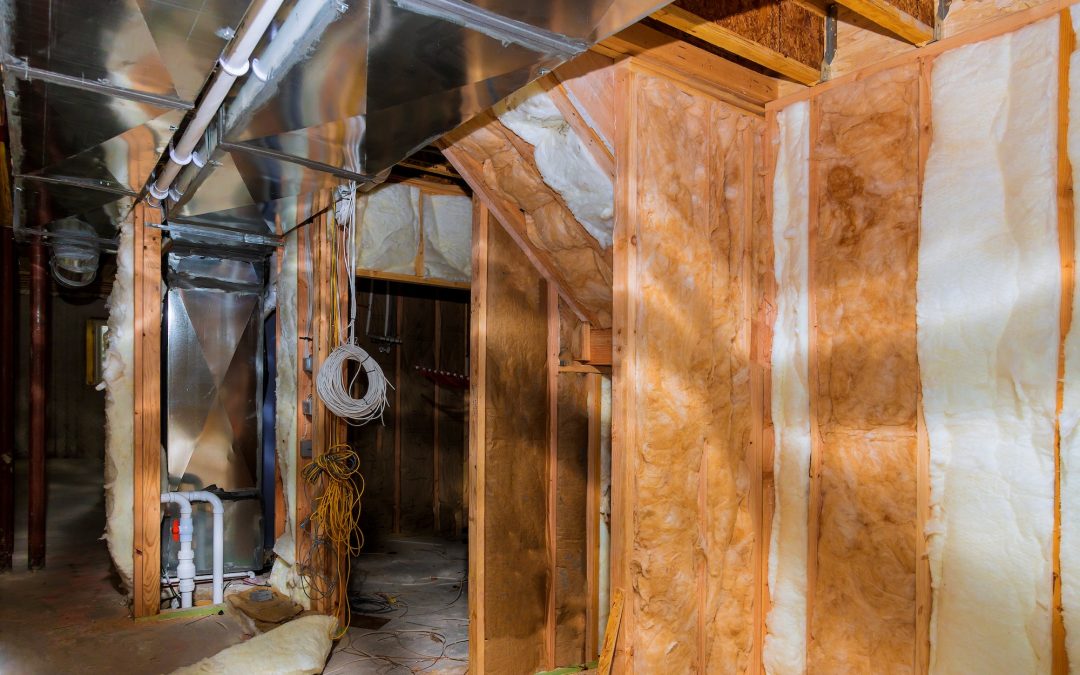
Understanding the Role of Waterproof Coatings in Basement Protection
Basement protection is an important part of home maintenance and waterproof coatings are key to ensuring your basement is protected from water damage. Waterproof coatings provide a layer of protection between the basement walls and the outside elements, protecting your home from water damage and potential mold and mildew growth.
Basements are particularly vulnerable to water damage, as they are often located in low-lying areas of the home and can be prone to flooding. Waterproof coatings can help prevent water from seeping through the walls of your home, and protect the basement from moisture, mold, and mildew.
Types of Waterproof Coatings
There are a variety of waterproof coatings available for basement walls, each with their own advantages and disadvantages. The most common types of waterproof coatings are:
- Polyurethane coatings
- Bituminous coatings
- Acrylic coatings
- Fiberglass coatings
Polyurethane coatings are the most effective type of waterproof coating, as they provide a thick, durable layer of protection against water infiltration. These coatings are applied in liquid form, and they expand and harden when they come into contact with water. Bituminous coatings are also effective at preventing water infiltration, but they can be expensive and difficult to apply.
Acrylic coatings are less durable than polyurethane coatings, but they are less expensive and require less maintenance. Fiberglass coatings are the least durable of the waterproof coatings, but are still effective in preventing water infiltration. They are also easy to apply and require less maintenance than the other types of waterproof coatings.
Benefits of Waterproof Coatings
Waterproof coatings can provide a number of benefits, including:
- Reducing the risk of water damage
- Preventing mold and mildew growth
- Reducing energy costs by increasing insulation
- Improving the aesthetic value of your home
Waterproof coatings can help protect your basement from water damage, which can lead to costly repairs. They also help to prevent mold and mildew growth, which can cause health issues for your family. Additionally, waterproof coatings can improve the insulation of your home, which can help to reduce energy costs.
Finally, waterproof coatings can also improve the aesthetic value of your home. Basements are often the least attractive part of a home, but waterproof coatings can help to make your basement look more attractive and inviting.
How to Apply Waterproof Coatings
Applying waterproof coatings to your basement walls is a relatively simple process. Most coatings come in liquid form, and are applied with a brush or roller. It is important to make sure that the area is clean and dry before applying the coating, as any moisture or dirt can interfere with the adhesion of the coating.
Once the area is clean, the coating can be applied in thin layers, and allowed to dry before the next layer is applied. Depending on the type of coating, the process may take several hours or days. Once the coating is completely dry, it can be inspected for any cracks or gaps, and any necessary repairs can be performed.
The Importance of Professional Installation
It is important to hire a professional contractor to install waterproof coatings in your basement. They will be able to properly inspect the area and make any necessary repairs. They can also advice you on the best type of coating for your basement, and make sure that the coating is applied correctly.
Professional installation of waterproof coatings can help to ensure that your basement is properly protected from water damage. Additionally, it can help to reduce the risk of mold and mildew growth, and save you money on energy costs. For more information on waterproof coatings and basement protection, contact Perma-Dry Waterproofing.
{END ARTICLE – HTML MARKUP – 1000 WORD MINIMUM}
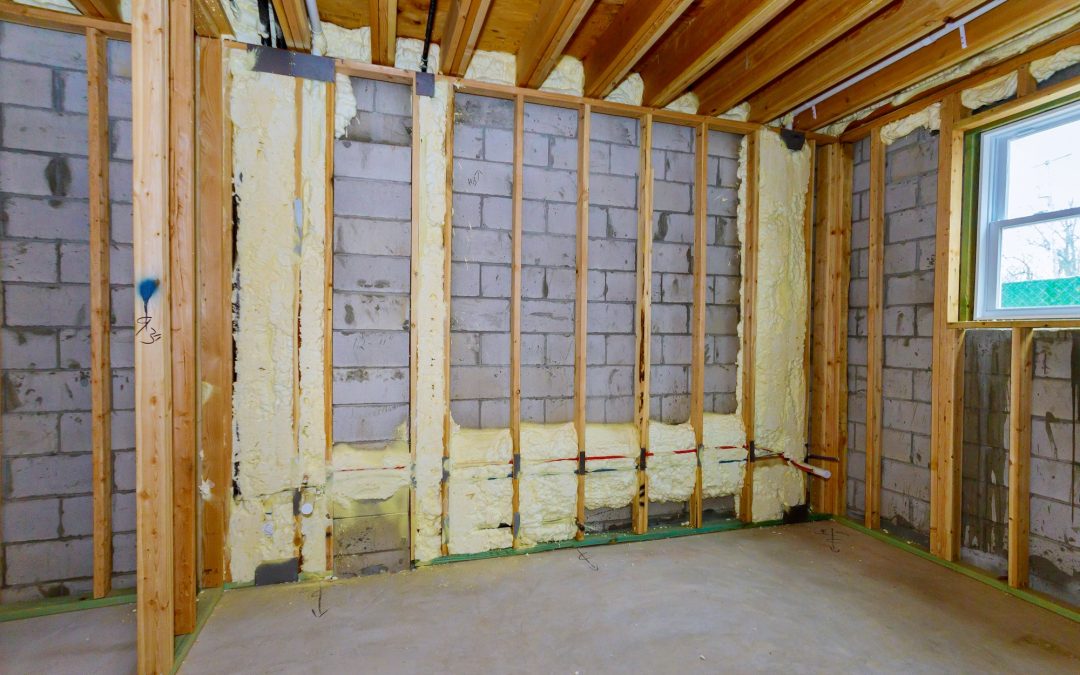
Common Causes of Basement Water Damage and How to Prevent Them
Basement water damage is a common problem for homeowners. This is due to the fact that basements are often subject to flooding from natural causes, such as heavy rains and snowmelt. Additionally, basements are at risk of water damage caused by plumbing issues, such as leaking pipes or water heaters. In any case, it’s important to identify the source of the problem and develop an action plan to prevent it from happening again.
Flooding from Heavy Rains
One of the most common causes of basement water damage is flooding from heavy rains. If your home is located in an area that receives a lot of rainfall, it’s important to make sure your basement is well protected from potential flooding. This can be done by installing a sump pump, which will help pump out any excess water that may enter the basement. Additionally, waterproofing the basement walls and floors can help keep water from seeping in. If waterproofing isn’t an option, installing a backflow valve can help prevent water from entering the basement.
If your home is already experiencing flooding from heavy rains, there are steps you can take to minimize the damage. For instance, it’s important to remove any furniture or other items from the basement that could be damaged by water. Additionally, using a wet-dry vacuum can help remove standing water, and using dehumidifiers can help get rid of excess moisture.
Plumbing Issues
Another common cause of basement water damage is plumbing issues. Leaks from pipes or water heaters can cause water to enter the basement, leading to costly repairs. It’s important to keep an eye out for signs of plumbing issues, such as a damp spot on the floor or walls, or a musty smell. If you notice any of these signs, it’s important to contact a plumber right away to help identify the source of the problem.
Once the source of the leak has been identified, it’s important to take action to prevent further damage. For instance, if the leak is coming from a pipe, it’s important to replace it as soon as possible. If the leak is coming from a water heater, it’s important to have it serviced and inspected regularly to ensure it is in good working condition.
Cracks or Gaps in the Foundation
Cracks or gaps in the foundation are another common cause of basement water damage. These can be caused by changes in the soil or temperature, or from foundation settling over time. It’s important to inspect your basement regularly for any signs of cracks or gaps, and to contact a professional to help seal them if necessary.
If you do find cracks or gaps in the foundation, it’s important to take action to prevent them from getting worse. To do this, you’ll need to make sure that the soil around your home is properly graded so that water can’t pool around the foundation. Additionally, it’s important to insulate the basement to help keep the temperature constant.
Prevention Tips
While basement water damage can be a major issue, there are steps you can take to prevent it from happening in the first place. Here are a few tips to help keep your basement safe from water damage:
- Install a sump pump to help remove excess water.
- Waterproof the basement walls and floors.
- Install a backflow valve to prevent water from entering the basement.
- Inspect the basement regularly for signs of plumbing issues.
- Have your water heater serviced and inspected regularly.
- Check for any cracks or gaps in the foundation, and seal them if necessary.
- Make sure the soil around your home is properly graded.
- Insulate the basement to help keep the temperature constant.
By taking the necessary steps to prevent basement water damage, you can help keep your home safe and dry. If you’re looking for more information about how to protect your basement from water damage, Perma-Dry Waterproofing can help. They offer a variety of services to help protect your basement from water damage, including waterproofing and insulation.
By taking the necessary steps, you can help protect your home from costly water damage. If you’re looking for more information, contact Perma-Dry Waterproofing today to learn more about how they can help.
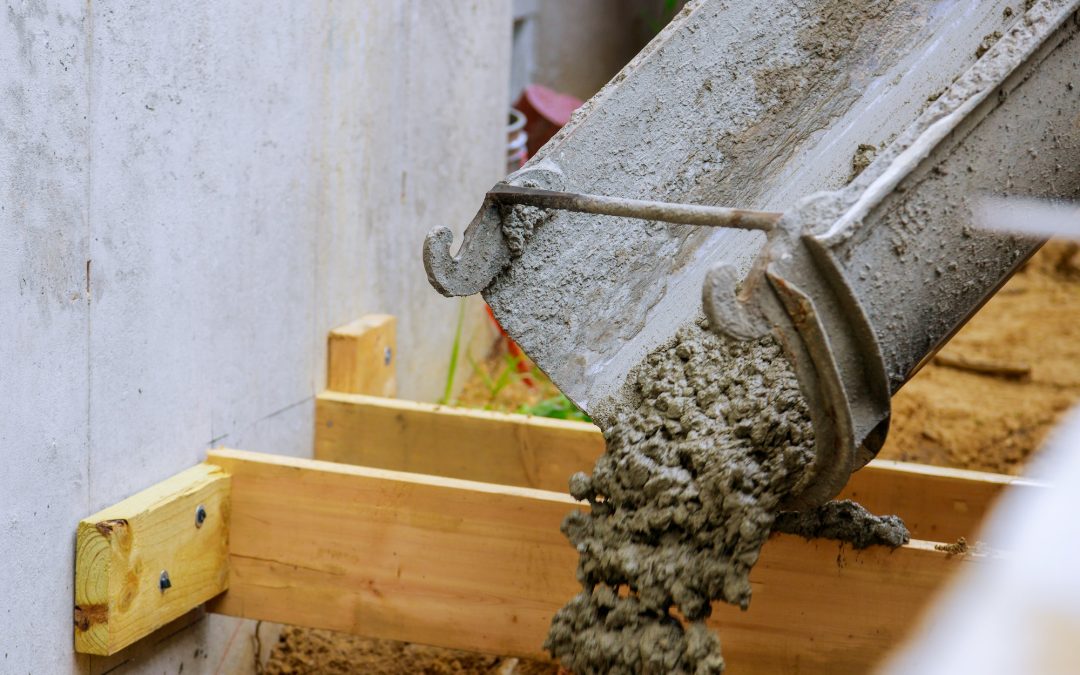
The Role of Gutters and Downspouts in Basement Waterproofing
Basement waterproofing is an important step in keeping a home’s structural integrity and protecting against damage from water. It’s important to understand the role gutters and downspouts play in basement waterproofing and how they help keep your basement dry.
The Role of Gutters
Gutters are an important part of your home’s exterior. They are designed to collect rain water and direct it away from your home’s foundation. Without gutters, rain water can pool around your home’s foundation and cause water damage. Gutters also help to protect your siding, windows, and doors from water damage. In addition, gutters can also help protect your basement from water damage.
If your gutters become clogged with leaves, dirt, and debris, the water can’t flow freely and can back up into your basement. When this happens, basement waterproofing becomes more difficult. It’s important to keep your gutters clean and free of debris to ensure that your basement stays dry.
The Role of Downspouts
Downspouts are an extension of your gutter system and are designed to direct the water away from your home’s foundation. Without downspouts, rain water can pool around your foundation and cause water damage. Downspouts are an important part of basement waterproofing and should be installed properly.
If your downspouts are not installed correctly, the water can’t be directed away from your home’s foundation and can cause water damage. It’s important to make sure your downspouts are directed away from your home’s foundation and at least five feet away from your basement wall. This will help to keep your basement dry and prevent water damage.
The Benefits of Gutters and Downspouts
Gutters and downspouts are an important part of your home’s exterior and are designed to protect your home from water damage. Installing gutters and downspouts can help prevent water from pooling around your home’s foundation and help to keep your basement dry.
Gutters and downspouts also help to protect your siding, windows, and doors from water damage. In addition, they can help to protect your home’s landscaping from water damage. Lastly, gutters and downspouts can help reduce the risk of water damage to your home’s foundation.
The Importance of Regular Maintenance
Gutters and downspouts should be inspected and cleaned regularly to ensure that they are functioning properly. Regular maintenance is important to ensure that the water is being directed away from your home’s foundation and to keep your basement dry.
If your gutters and downspouts become clogged with leaves, dirt, and debris, the water can’t flow freely and can back up into your basement. It’s important to keep your gutters and downspouts clean and free of debris to ensure that your basement stays dry.
If you’re unsure if your gutters and downspouts are functioning properly, it’s best to call a professional. At PermaDry Waterproofing, we specialize in basement waterproofing and can help inspect and maintain your gutters and downspouts. We also offer a variety of other basement waterproofing services. To get in touch with us, visit our website or give us a call at (888) 884-7208.
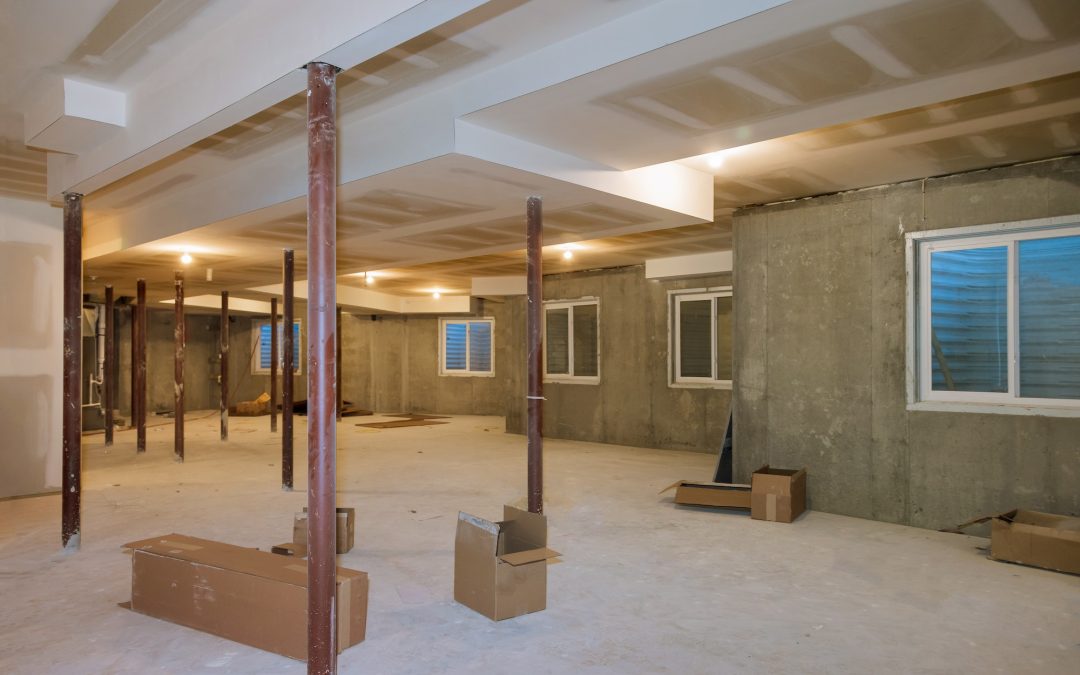
Crawl Space Waterproofing: Protecting Your Home’s Foundation from Moisture Damage
Keeping your home safe and dry is an important part of protecting your family and your investment. Crawl space waterproofing is one way to ensure that your home’s foundation is not vulnerable to potential water damage. In this blog post, we’ll discuss the importance of crawl space waterproofing, the methods available for waterproofing, how it protects your home, and the benefits of using a professional service for the job.
The Importance of Crawl Space Waterproofing
Waterproofing your crawl space is essential for preserving the structural integrity of your home’s foundation. Crawl spaces are particularly vulnerable to water damage due to their location below ground level and their tendency to accumulate moisture. If left untreated, this moisture can cause costly problems such as mold growth, weakening foundations walls and floors, and even pest infestations. By waterproofing your crawl space, you can protect it from potential water damage and keep your home safe in the long run.
Methods for Crawl Space Waterproofing
There are several different ways to waterproof a crawl space, ranging from simple DIY solutions to professional services. One common method is to install a vapor barrier on the floor of the crawl space. This will prevent moisture from seeping through the soil and into the space. Other methods include installing sump pumps or drainage systems, sealing cracks in walls or floors, using dehumidifiers or ventilation systems, and applying sealants or coatings on any exposed surfaces. Each method has its own advantages and disadvantages depending on the specific needs of your home.
How Waterproofing Protects Your Home
Waterproofing your crawl space is essential for preventing water damage that can occur over time. A properly waterproofed crawl space will act as a barrier between the soil beneath your home and any exposed surfaces within it. This will help protect against issues such as mold growth, weakened foundations walls or floors, rotting wood, and even pest infestations. It can also help reduce energy costs by keeping air conditioned air inside and hot air outside during summer months.
Benefits of Professional Services
While some DIY methods may be effective in preventing water damage in a crawl space, they may not provide as comprehensive protection as professional services. Professional services will have access to more advanced equipment and materials that may not be available to consumers, as well as trained personnel who are experienced with installing proper waterproofing systems in residential homes. These experts can identify potential problem areas in the crawl space before they become an issue and take steps to ensure that it remains dry going forward. Additionally, because these services often come with warranties, you can be sure that any work done will be covered in case of any future problems.
Investing in professional crawl space waterproofing services is an important step towards protecting your home from costly water damage over time. PermaDry Waterproofing provides comprehensive solutions for all types of crawl spaces using top-of-the-line materials and equipment backed by years of experience in the field. To learn more about our services or get started on protecting your home’s foundation today, visit PermaDry Waterproofing.
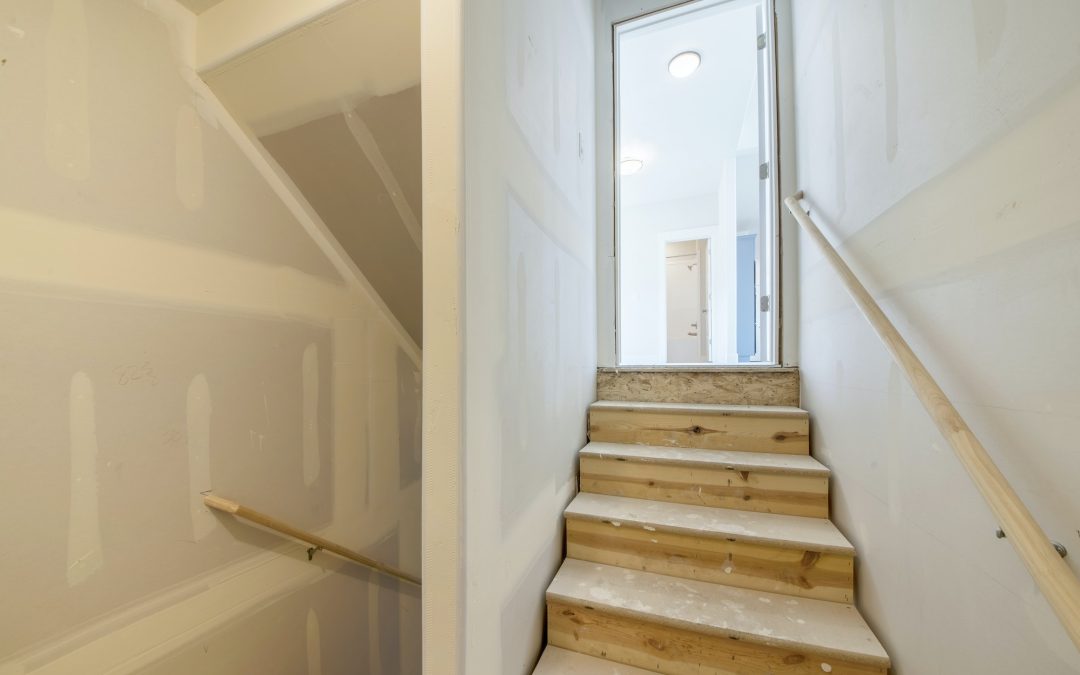
The Effects of Poor Drainage on Your Home’s Foundation
Poor drainage can be a major problem for homeowners. When left unchecked, it can lead to serious issues with your foundation and other parts of your home. In this article, we’ll explore the effects of poor drainage on your home’s foundation and provide some tips for avoiding such damage.
What Causes Poor Drainage?
Poor drainage can be caused by a variety of factors. Some of the most common causes include blocked gutters, improper grading, and inadequate drainage systems. Blocked gutters can cause water to overflow, leading to pooling water around your home’s foundation. Improper grading can cause water to pool around your foundation, increasing the risk of water seeping into the basement. Inadequate drainage systems can also lead to water pooling around the foundation and seeping in through cracks or other openings in the foundation.
In addition to these factors, weather conditions can also contribute to poor drainage. Heavy rain, snow, and ice can all lead to water pooling around your foundation and seeping into your basement. It’s important to be aware of these risks and take steps to prevent them.
The Effects of Poor Drainage
Poor drainage can have a major impact on your home’s foundation. When water pools around the foundation, it can cause the soil to erode and the foundation to sink. This can lead to cracks in the foundation walls and eventually cause the foundation to collapse. In addition, water seeping into the basement can cause mold and mildew to grow, leading to health issues for those living in the home.
Water pooling around the foundation can also cause damage to the landscaping around it. Over time, this can lead to an unsightly appearance and costly repairs. Finally, standing water can attract unwanted pests, such as mosquitoes, which can be a nuisance and a health hazard.
How to Avoid Poor Drainage
Fortunately, there are steps you can take to avoid the problems associated with poor drainage. The first step is to make sure your gutters are clean and clear of debris. This will help ensure that water is flowing freely away from your home’s foundation. You should also make sure that your landscaping is graded properly, so that water is directed away from the foundation.
In addition, you should consider installing a drainage system. This system can help redirect water away from your foundation and can be relatively inexpensive to install. Finally, you should be aware of the weather conditions and take steps to prevent water from pooling around your foundation.
The Importance of Proper Drainage
It’s important to take the necessary steps to prevent poor drainage around your home’s foundation. Doing so will help protect your foundation from damage and ensure that your home remains safe and structurally sound. In addition, it will help to keep your landscaping looking its best and help avoid costly repairs in the future.
For more information on ways to maintain proper drainage around your home, contact the experts at PermaDry Waterproofing today. They will be able to provide you with the advice and services you need to keep your foundation safe and dry.
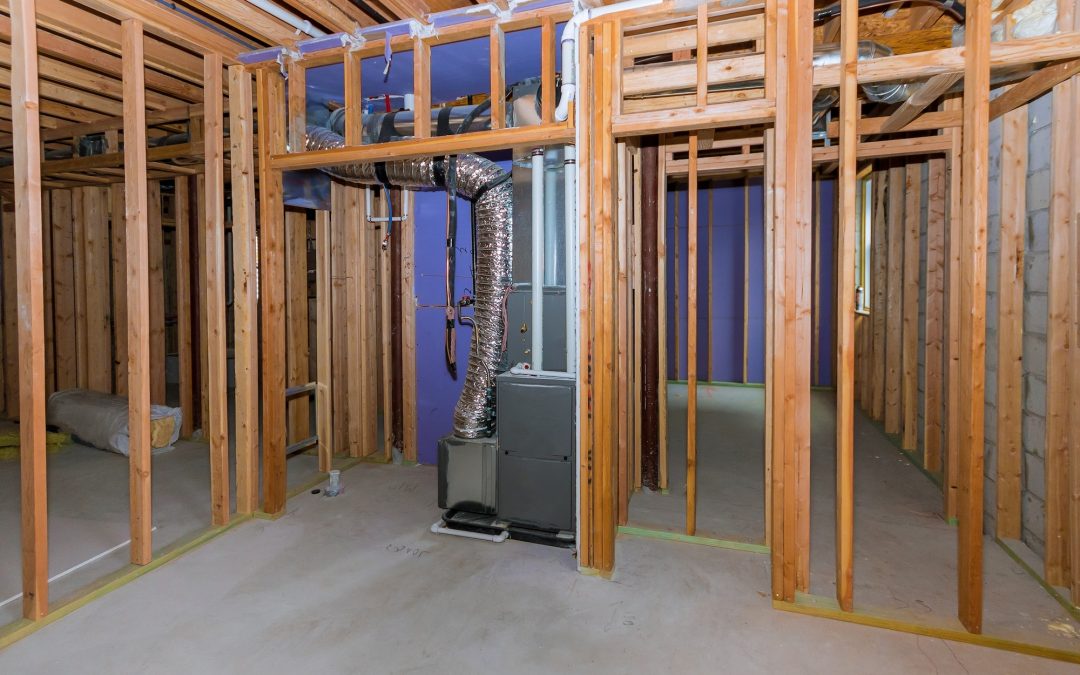
Exploring Interior Basement Waterproofing Solutions
Waterproofing the interior of your basement is a great way to protect your home and its contents from water damage. However, it can be difficult to decide which waterproofing solution is best for your particular situation. In this blog post, we’ll explore some of the most popular interior basement waterproofing solutions so you can make an informed decision.
Interior Drainage Systems
One of the most popular ways to waterproof your basement is to install an interior drainage system. This type of system is designed to capture water that seeps in from cracks in the walls and floors and channel it into a sump pump or drain. The sump pump or drain then carries the water away from your home. Interior drainage systems are usually very effective, but they require regular maintenance and can be costly to install.
Sump Pump Systems
Another popular waterproofing solution is a sump pump system. This type of system uses a pump to collect water from the perimeter of the basement and then evacuate it away from the home. Sump pumps are typically very effective, but they require regular maintenance and can be expensive to install.
Exterior Waterproofing
Exterior waterproofing is another popular solution for protecting your basement. This type of waterproofing involves applying a waterproofing membrane to the exterior of your foundation. This membrane is designed to prevent water from seeping into the basement. Exterior waterproofing is usually very effective, but it can be costly and time-consuming to install.
Interior Waterproofing
Interior waterproofing is another option for protecting your basement. This type of waterproofing involves applying a waterproofing material to the interior of your foundation. This material is designed to stop water from seeping into the basement. Interior waterproofing is usually very effective, but it can be costly and time-consuming to install.
In conclusion, there are a variety of interior basement waterproofing solutions available. Each option has its own benefits and drawbacks, so it’s important to carefully consider your particular situation before making your decision. If you’d like to learn more about interior basement waterproofing solutions, consider contacting PermaDry Waterproofing for a free consultation. They’ll be able to provide you with more information and help you decide which waterproofing solution is best for your home.

Basement Waterproofing for Finished Basements: Essential Considerations
Basement waterproofing is an important consideration for any finished basement. Whether you’re using the space for storage, a playroom for your kids, or a home theater, waterproofing can help protect your investment and ensure your basement is a safe, comfortable space. But with so many different basement waterproofing products and methods available, it can be difficult to know where to start. In this article, we’ll look at some of the essential considerations for basement waterproofing in finished basements.
Understand the Sources of Water
Before you can begin waterproofing your basement, it’s important to understand the sources of water that could be entering your basement. The most common sources of water are:
- Ground water from the surrounding soil
- Rainwater from outside your home
- Humidity from inside your home
Ground water is the most common source of water in most basements, so it’s important to identify and address the source of the water. If you’re unsure, it’s best to consult with a professional waterproofing contractor to identify the source and find the best solution.
Choose the Right Waterproofing Method
Once you’ve identified the source of the water, the next step is to choose the right waterproofing method. There are several waterproofing methods available, including:
- Interior waterproofing
- Exterior waterproofing
- Dehumidification systems
- Sump pumps
Each of these methods has its own advantages and disadvantages, so it’s important to do your research and choose the right method for your situation. Consider factors like the severity of the water problem, the cost of the system, and the ease of maintenance.
Hire a Professional Contractor
Once you’ve chosen the right waterproofing method, it’s important to hire a professional contractor to ensure the job is done correctly. Professional basement waterproofing contractors have the experience and knowledge to get the job done right the first time. They can also recommend the best materials and methods for your situation, so you can be sure your basement is properly waterproofed.
Prepare for the Installation
Before you begin the installation, it’s important to prepare your basement for the work. This includes:
- Removing any furniture and other items from the basement
- Covering floors and walls with plastic sheeting
- Removing any insulation or other materials that could be damaged
- Removing any existing waterproofing materials
Preparing the basement for the installation will help ensure the job is done correctly and the basement is properly waterproofed.
Maintain the System
Once the waterproofing system has been installed, it’s important to maintain it properly. This includes regularly inspecting and testing the system, checking for signs of leaks, and making any necessary repairs. Regular maintenance will help ensure your basement is properly waterproofed and will help extend the life of the system.
Basement waterproofing is an important consideration for any finished basement. With the right waterproofing system and proper maintenance, you can help protect your investment and ensure your basement is a safe, comfortable space. For more information on basement waterproofing, be sure to contact a professional waterproofing contractor today.
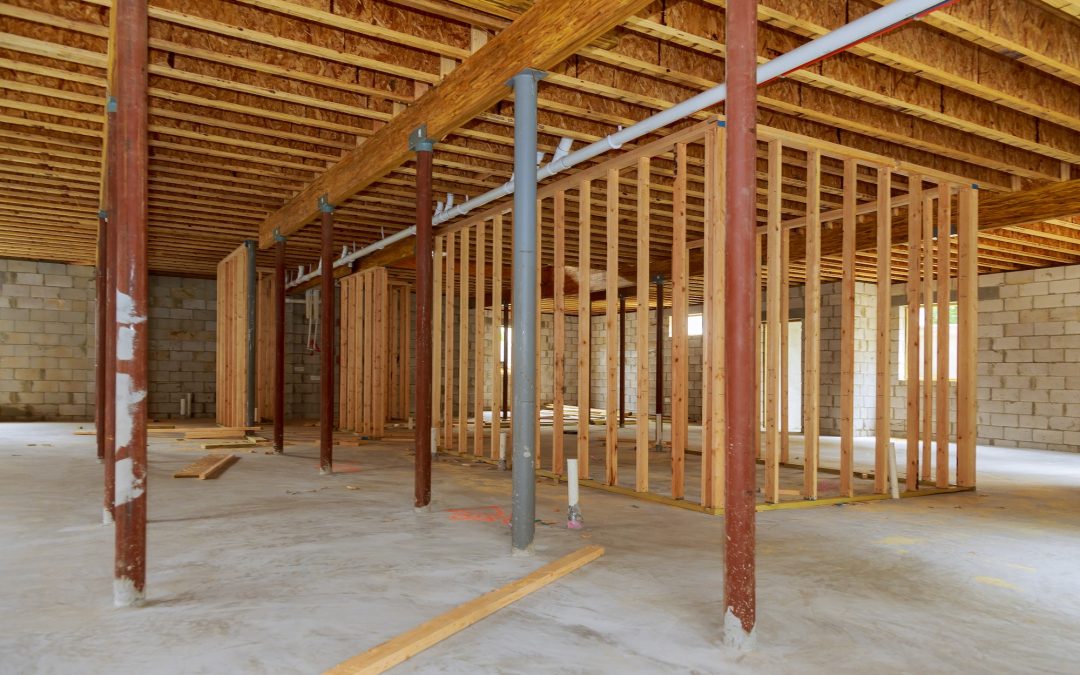
How to Choose the Right Basement Drainage System for Your Home
Sorry, there was an error generating the content. Please try again later.
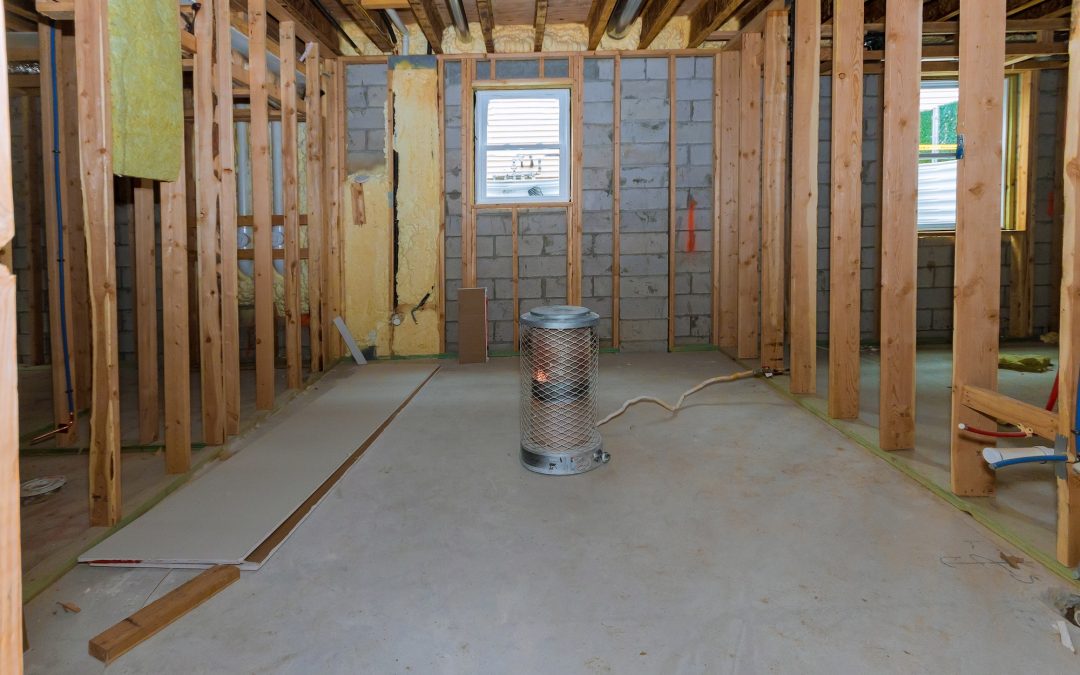
The Long-Term Costs of Ignoring Basement Water Problems: A Wake-Up Call for Homeowners
Basement water problems can cause a lot of damage to your home and wallet if not taken care of in a timely manner. Many homeowners don’t realize the long-term costs associated with ignoring basement water issues, which is why it’s important to be aware of the potential risks. In this article, we will discuss the wake-up call for homeowners who are neglecting their basement water problems and the consequences of doing so.
Signs of Basement Water Problems
One of the most common signs that you may have a basement water issue is water seeping through the walls or floor. This could be caused by a number of things, such as cracks in the foundation, broken pipes, or faulty drainage systems. Other signs include mildew or mold growth on the walls or floors, musty odors, or standing water in the basement.
If you notice any of these signs, it’s important to contact a professional right away to assess the situation and determine what steps need to be taken to repair the issue. Ignoring these signs can lead to further damage and more costly repairs down the line.
Costs of Neglecting Basement Water Problems
Neglecting your basement water problems can be incredibly costly in both time and money. When left untreated, small problems can quickly turn into major issues that require extensive repairs. Some of these costs may include:
- Structural damage
- Mold growth
- Insect infestation
- Health risks
These are just some of the costs associated with ignoring basement water problems. Not only do you have to pay for repairs, but you also have to deal with potential health risks that could arise from mold growth or insect infestations.
Prevention is Key
The best way to avoid costly repairs down the line is to take preventive measures now. Regular maintenance and inspections can help detect any issues before they become major problems. Additionally, making sure your gutters are clean so that rainwater can flow away from your house is also important. If you notice any signs of water seepage or other issues, it’s important to contact a professional right away.
PermaDry Waterproofing, for example, specializes in basement waterproofing services and offers free estimates for homeowners who are looking for solutions to their basement water problems.
Conclusion
Basement water problems can cause a lot of damage if not taken care of in a timely manner. Homeowners should be aware of the long-term costs associated with ignoring these issues and take preventive measures before they become major problems. Regular maintenance and inspections are key to avoiding costly repairs down the line. If you suspect you have an issue with your basement, contact an expert now for an assessment and free estimate.
Get in Touch
(206) 309-5147
Contact Us
Open Hours
7:30am - 5pm Weekdays
Closed Weekends
Our Office
608 SW 12th Street
Renton, WA 98057
Email Us
